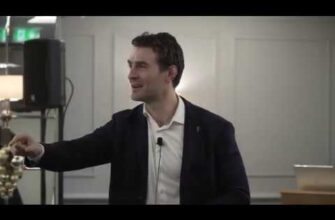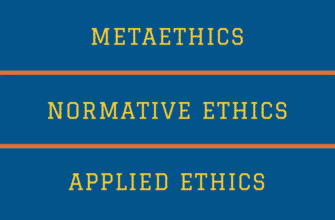Regardless of your industry, one of a leader’s primary responsibilities is to promote and foster creativity within the team. This may seem obvious for those working in the more “artsy” sectors—marketing, architecture, etc.—but there is no workplace where innovative thinking can’t enhance processes, products, or interpersonal skills. If this sounds difficult, let’s break it down with John Cleese.
You may know John Cleese as one of the co-founders of the comedy troupe Monty Python or as Q from the James Bond movies, but did you know he’s also an accomplished academic guest lecturer? In a recent address at the University of St. Thomas’ School of Entrepreneurship, Cleese led an enlightening discussion on workplace inventiveness.
Being the creative genius he is, Cleese addressed the topic from a creativity-generating perspective. He then challenged leaders who “do not understand the need for a creative environment, nor how it can be achieved.” Thankfully, this barrier can be overcome by adhering to three of my personal highlights from Cleese’s lecture:
Create a Culture of Tranquility
High pressure situations may help get things done faster, but that is not where the best ideas originate. You need the workplace to have a sense of unruffled calmness. This minimizes unnecessary anxiety so people can focus on the work.
I believe people are most creative and productive when they are relaxed and spontaneous. Where there is spontaneity, there will always be humor.
Don’t Rush the Process
We move fast and we encourage our team to do the same, but this may be a detriment to the creative process. Your creative-types need time to think, brainstorm, and experiment. However, nonexistent deadlines are not realistic. Provide target dates and, while their mind is in “the zone,” refrain from being overly critical.
New ideas are like babies. It’s easy to strangle them at birth. You don’t want criticism at that stage, you want questions.
Incubate
To encourage creativity, we must help our team limit distractions. Find some quiet spaces where people can go to think without phones ringing and people stopping by to chat. If this is not possible, invest in noise canceling headphones and respect the cubicle sign stating, “Do not Disturb. Artist at Work.”
Incubation is not about wracking your brain. The enemy of incubation is interruption.
I think my favorite quote from John Cleese was, “Creativity doesn’t have to be taught; it has to be liberated.” We must tap into and maximize the creativity of those on their team. We don’t need to tell them how to think; as these three lessons show, we just need to create the environment that makes it possible.






